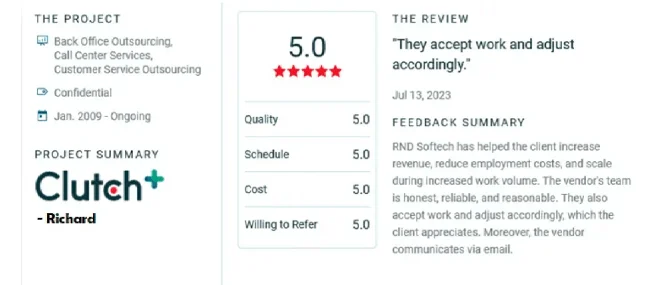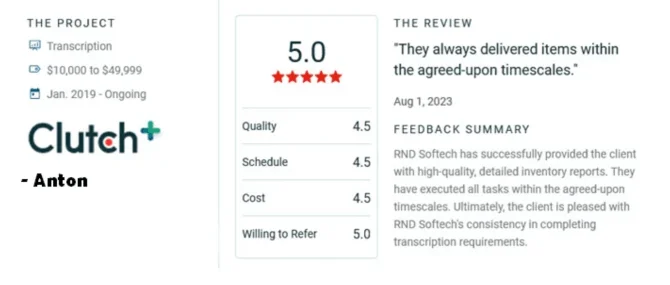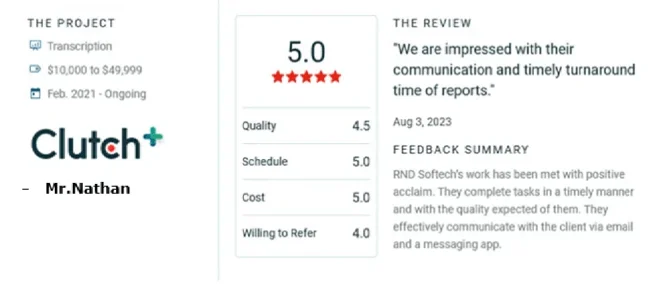Understanding Healthcare Revenue Cycle Management (RCM)
Definition and purpose
Healthcare RCM refers to the financial process healthcare providers use to track patient care episodes from registration and appointment scheduling to the final payment. Its goal is to ensure healthcare providers are paid fully and promptly for their services.
Key Components of the RCM System
-
Patient Scheduling and Registration
-
Insurance Verification
-
Medical Coding and Billing
-
Claims Submission
-
Payment Collections
Key Challenges in Healthcare RCM
Increasing Patient Payment Responsibility:
-
Higher Out-of-Pocket Costs: As high-deductible health plans become more common, patients are now responsible for a greater portion of their healthcare costs. This shift means that providers must collect a larger share of payments directly from patients, leading to challenges in ensuring timely payments and potentially increased bad debt.
-
Delayed Payments: With patients shouldering more financial responsibility, payment delays have become more common. Many patients struggle with large out-of-pocket expenses, which can lead to slower payment cycles, creating cash flow issues for healthcare providers.
-
Patient Financial Literacy: Many patients are not fully aware of their financial obligations, which can lead to confusion regarding payment amounts, coverage and payment deadlines. This lack of understanding adds to the difficulty of collecting payments and requires more effort from healthcare providers to educate patients and manage payments effectively.
Regulatory Compliance Issues:
-
Constantly Changing Regulations: Healthcare regulations, including those related to billing codes, privacy and reimbursement policies, are continuously evolving. Staying compliant requires healthcare organizations to invest time and resources into monitoring these changes, which can result in operational delays and increased administrative burden.
-
Increased Complexity: As regulations become more detailed, healthcare providers must navigate an ever-growing number of rules. This complexity can result in inadvertent errors, which may lead to financial penalties, delayed reimbursements, or non-compliance with insurance and government payer requirements.
-
Resource Constraints: Complying with regulatory changes requires specialized knowledge and dedicated resources. Smaller healthcare practices may face challenges in keeping up with these demands, leading to inefficient practices, possible audits and a greater risk of non-compliance.
Inefficient Billing Processes:
-
Manual Errors: Manual billing processes are prone to human errors such as incorrect coding, data entry mistakes and missed claims. These errors can delay payments, result in underpayments, or cause claim denials, leading to revenue loss and administrative burden.
-
Lack of Automation: Without modern billing systems and automation, many healthcare providers face difficulties in managing large volumes of claims efficiently. Manual tracking, delayed submissions and follow-ups can slow down the revenue cycle, impacting overall operational efficiency.
-
Inconsistent Follow-Up: Inefficient billing processes often lead to inconsistent follow-up on outstanding payments. Without proper tracking systems, claims may not be followed up promptly, resulting in missed opportunities to collect overdue payments and reducing overall revenue recovery.
Challenges with Insurance Verification:
-
Time-Consuming Pre-Authorization: Insurance verification and pre-authorization processes are often lengthy, requiring healthcare providers to spend significant time confirming coverage details and obtaining approval for services. This delay can slow down the treatment process and lead to longer wait times for patients.
-
Insurance Provider Communication: Inconsistent or ineffective communication between healthcare providers and insurers can lead to miscommunications or incorrect verifications. These issues can delay patient care and lead to denials or unexpected patient billing.
-
Coverage Confusion: Verifying insurance coverage can be complicated, especially with patients who have multiple plans, changing coverage, or limited benefits. Navigating these complexities can cause confusion, leading to delays in service delivery and reimbursement.
Denial Management:
-
High Denial Rates: A significant portion of claims are denied by insurers for various reasons, including incorrect coding, lack of pre-authorization, or failure to meet specific billing requirements. This high denial rate forces providers to spend additional time and resources on managing denials, delaying revenue recovery.
-
Resource-Intensive Appeals Process: Denial management requires careful tracking of denied claims, as well as an appeals process to rectify errors. This process is often time-consuming, requiring dedicated staff to follow up, address reasons for denials and resubmit claims.
-
Financial and Operational Strain: The need to manage and appeal numerous denials puts pressure on both financial and administrative teams, diverting attention from other critical tasks. This diversion can impact overall operational efficiency and result in delayed payments, cash flow issues and administrative burnout.
Consequences of Poor RCM Practices
Financial losses
Inefficient RCM practices lead to uncollected payments and financial strain on healthcare facilities.
Patient dissatisfaction
Confusing bills and unexpected costs can erode trust between patients and providers.
Administrative burdens
Staff often struggle with manual processes and time-consuming tasks, reducing their focus on patient care.
Strategies to Overcome RCM Challenges
Implementing technology solutions
Adopting advanced tools like AI and RPA (Robotic Process Automation) can streamline billing, coding and claims management processes.
Staff training and education
Equipping staff with updated knowledge and skills ensures smoother operations and fewer errors.
Streamlining patient communication
Educating patients about their financial responsibilities and simplifying billing processes foster trust and quicker payments.
Strengthening denial management
Proactive measures, such as regular claim audits and preemptive corrections, can significantly reduce denial rates.
Benefits of Effective RCM Systems
Improved Revenue Collection:
-
Faster Payment Processing: Optimizing Revenue Cycle Management (RCM) through automation and streamlined processes enables quicker submission of claims and more accurate billing. This reduces delays, ensuring that payments are processed faster, improving cash flow for healthcare providers.
-
Accurate Coding and Billing: By implementing better RCM practices, healthcare organizations can reduce coding errors and billing inaccuracies. This leads to fewer claim rejections or denials, resulting in more consistent revenue collection and quicker reimbursement cycles.
-
Proactive Follow-Up on Claims: Optimized RCM systems often include automated reminders and tracking mechanisms to ensure that outstanding payments are followed up on promptly. This proactive approach reduces the chances of missed payments and improves overall revenue collection efficiency.
Enhanced Patient Experience:
-
Transparent Billing Processes: Clear and upfront communication about costs, insurance coverage and payment responsibilities creates a more positive patient experience. When patients understand their financial obligations, it reduces confusion and builds trust with the healthcare provider.
-
Reduced Administrative Delays: Streamlining RCM processes reduces administrative delays such as long wait times for insurance verification or billing discrepancies. As a result, patients receive timely, accurate information about their treatment and payment options, improving satisfaction.
-
Easier Payment Options: Optimized RCM systems often integrate flexible payment options such as online portals, installment plans and easy access to billing information. This convenience allows patients to manage their payments more effectively, leading to higher satisfaction and fewer payment-related frustrations.
Better Compliance and Reporting:
-
Regulatory Adherence: An efficient RCM system ensures that all billing practices and claims submissions adhere to the latest healthcare regulations and payer requirements. This reduces the risk of non-compliance penalties, audits and other legal issues that can arise from improper billing or documentation.
-
Accurate Documentation for Audits: Optimized RCM systems maintain accurate records of patient interactions, claims and payments. This thorough documentation ensures that providers are prepared for audits and can demonstrate compliance with healthcare regulations, reducing potential fines or reimbursement delays.
-
Real-Time Reporting and Insights: Efficient RCM systems provide healthcare providers with real-time reporting on financial performance, claim statuses and payer trends. This allows for better decision-making, the identification of potential compliance issues and quicker adjustments to billing practices as needed.
Future Trends in Healthcare RCM
The role of artificial intelligence and machine learning
AI and ML are poised to revolutionize RCM by automating complex tasks like predictive analytics for payment trends.
Increased focus on patient-centric billing
Future systems will prioritize patient convenience, offering simplified billing and payment methods.
Conclusion
Managing the healthcare revenue cycle efficiently is crucial for both financial stability and patient satisfaction. While challenges like billing inefficiencies and regulatory compliance persist, adopting advanced technologies, proactive management and patient-centered practices can pave the way for success.














